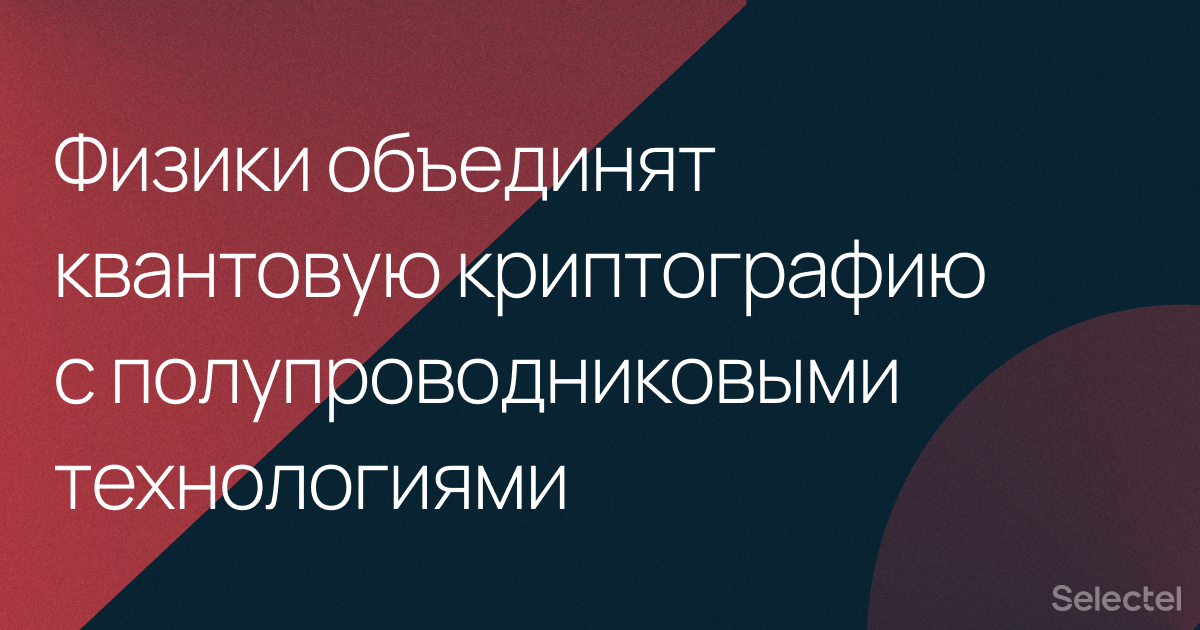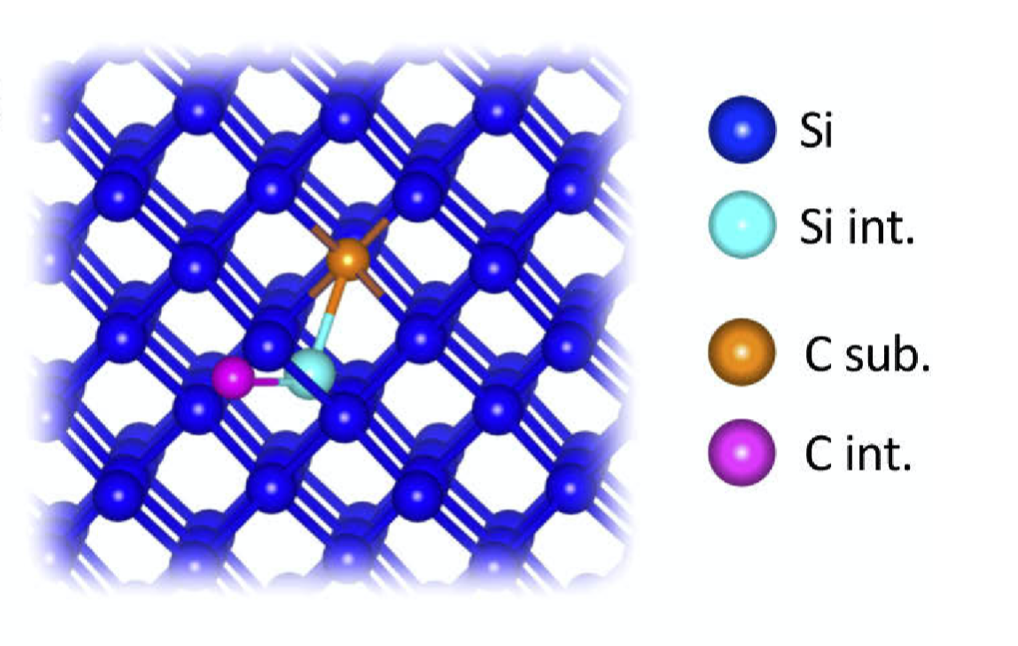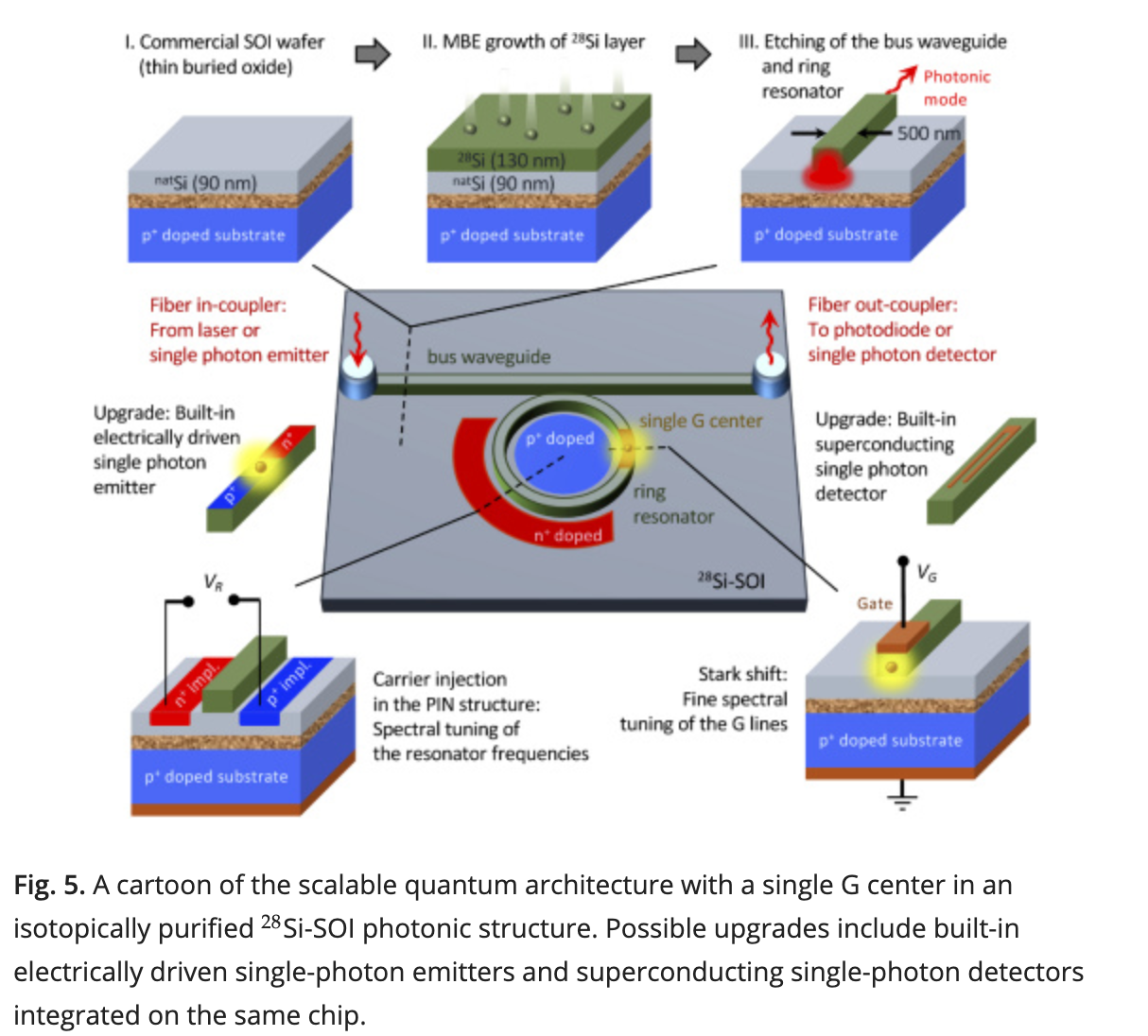
German scientists have created a new way to generate infrared single photons based on silicon. The source generates up to 100 thousand photons per second. The approach could combine quantum cryptography with popular semiconductor technologies.
Quantum key distribution is used to ensure data security. The essence of the method is to generate a shared secret encryption key for two remote users using only an open communication channel. The method is based on the laws of quantum mechanics. The third party who is trying to decrypt the key can always be found. The actual process of measuring a quantum state leads to anomalies - quantum indeterminism. In this case, the key is successfully generated only if the anomalies do not exceed the specified threshold.
The transmission protocols of quantum cryptography are based on the transmission of single photons. Photons are quanta of light in the form of transverse electromagnetic waves. The single-photon system provides safety to the method. If there are several photons, then they can be intercepted and the key selected in the same way as authorized users do. But there are featuresat sources of single photons. Despite the progress made, weak laser pulses are used in their creation. And another fundamental problem is noise. Optical fiber heats up differently due to the transmission of individual photons, and therefore can be bent. Because of these limitations, there are now limits to the bandwidth of quantum communications. A standard cable transmits 1.26 megabits per second over a distance of 50 km. And 1.16 bits per hour for a distance of 404 km over a special cable with ultra-low data loss.

Physics from the Technical University of Dresden, led by Michael Hollenbach and scientists from the Helmholtz Center Dresden-Rossendorf, have created a single photon source system based on silicon SOI wafers. Silicon chips are at the heart of all modern devices, including processors and microcontrollers. As a rule, microcircuits are made of monocrystalline silicon.

Using an accelerator, German scientists placed carbon atoms in silicon. Two neighboring C atoms, together with the silicon atom Si, form a separate molecule called the G center. The G-center emits photons under a focused 1.3 micron laser. Photons of this type propagate without obstacles along the optical fiber.
A prototype generator, created by German physicists, can create about 100 thousand single photons. All scientific tests were performed on an SOI plate installed in an Attocube 800 closed-loop cryostat that provided a baseline temperature of 4.6K.

The study authors report that they were the first to demonstrate the feasibility of placing single-photon emitters in industrial SOI plates. They also presented the concept of implementing a photonic platform that is compatible with modern silicon technologies.
The discovery will help integrate quantum processors and repeaters into existing systems using silicon components.
The research results are published in the journal Optis Express .
